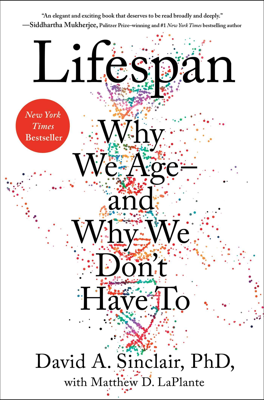‘Viva Primordium’
Overview
The chapter introduces a hypothesized ancient organism, "Magna superstes," which represents the early forms of life on a primordial Earth devoid of oxygen, dominated by toxic gases like methane and carbon dioxide. Amidst hostile conditions, this organism evolved unique survival mechanisms that were crucial for its prosperity and the subsequent emergence of all life forms.
Planetary Conditions and Initial Life Forms
- Earth, around 4 billion years ago, was a volatile environment with no oxygen and was dominated by shallow oceans and a few small islands. The atmosphere was rich in nitrogen, methane, and carbon dioxide.
- Life began in warm pools near thermal vents where organic molecules accumulated, forming the first RNA and then primitive cells or protocells through natural chemical processes.
Evolution of "Magna superstes"
- Survival Mechanisms:
- "Magna superstes" possessed a genetic circuit involving genes that controlled reproduction based on environmental conditions, ensuring survival and efficient repair before reproduction.
- It evolved a unique gene circuit (gene A and B) that halted reproduction during DNA damage for repairs, providing a significant survival advantage during climatic and environmental adversities, like intense solar eruptions or volcanic activities which could damage DNA.
Genetic Legacy and Its Modern Implications
- The survival mechanisms of ancient organisms like "Magna superstes" are hypothesized to be the precursor to sophisticated life forms and are believed to be carried forward in all living organisms today. Particularly:
- This ancient gene circuit might be the foundational mechanism behind why organisms age and how they respond to stress and damage at the cellular level.
The Modern Perspective and Research Implications
- Contemporary research into aging looks at multiple factors (hallmarks of aging) like genetic instability, telomere attrition, cellular senescence, and stem cell exhaustion among others.
- Advanced understanding of these hallmarks, propelled by modern genetics and molecular biology, aids in developing interventions that might delay aging and extend healthy human lifespans.
Conclusion
- The evolutionary significance of early life survival strategies underscores a potential universal cause of aging tied to genetic and epigenetic mechanisms. This insight sets the stage for potential breakthroughs in longevity and healthspan through medical science and biotechnology.
